Aviation
What makes Dassaults Rafale fighter jet so special?
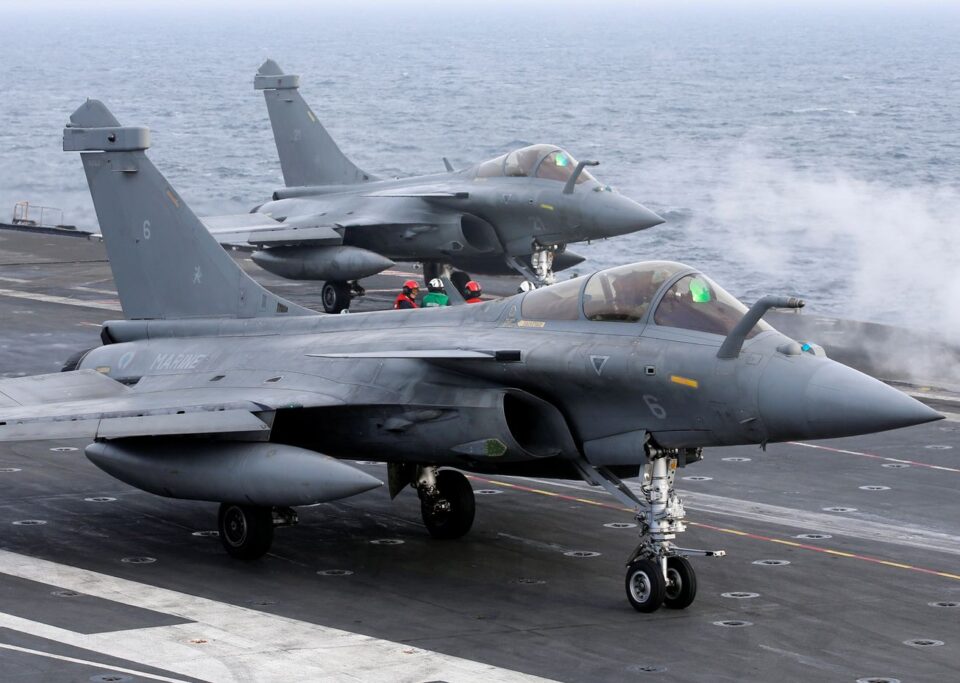
What makes Dassaults Rafale fighter jet so special? : Over the last decades, air forces have always been the first military component engaged in all crises or conflicts, from the Falklands to the Gulf, from Bosnia to Kosovo, from Afghanistan to Libya, and more recently Mali, the Central African Republic, Iraq and Syria.
Military aviation is undoubtedly the most strategic weapon today, both in terms of combat effectiveness and of critical technologies implemented.
In modern warfare, air dominance from day one is a must, so that air-to-ground and air-to-sea operations can be conducted safely and efficiently.
In the course of asymmetrical and counter-insurgency conflicts, the air arm also remains at the forefront of the military effort, its flexibility and firing power helping ensure that allied forces prevail.
The Rafale, a fully “Omnirole” fighter, is available in three variants:
- the Rafale C single-seater operated from land bases,
- the Rafale M single-seater for carrier operations,
- the Rafale B two-seater flown from land bases.
All three variants share a common airframe and a common mission system, the differences between naval and land versions being mainly limited to the undercarriage and to the arresting hook.
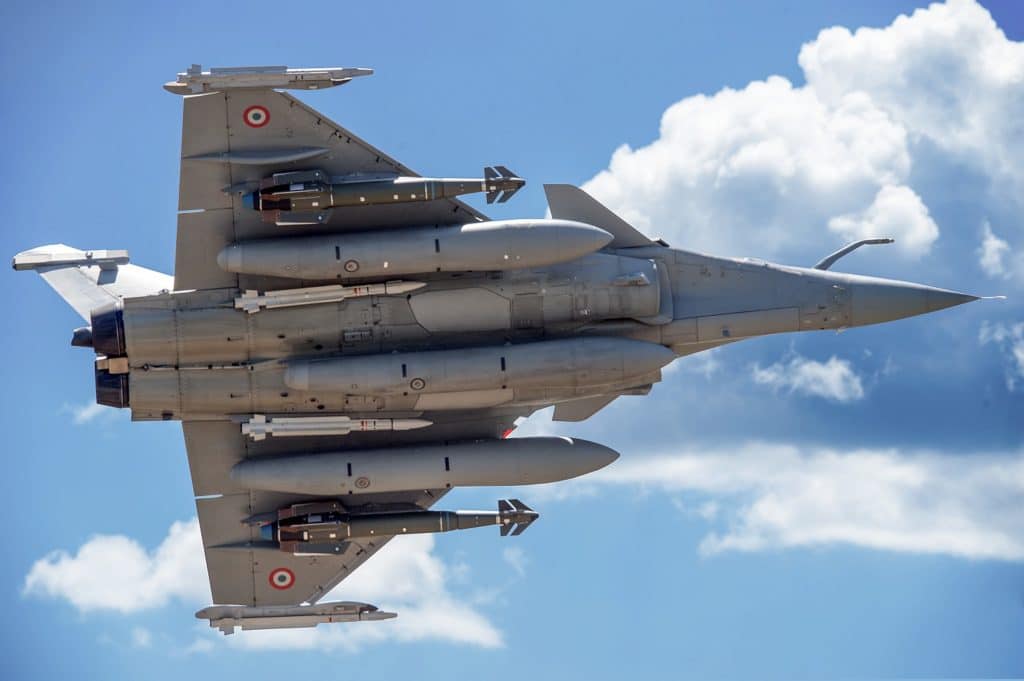
OMNIROLE BY DESIGN
When the Rafale programme was launched, the French Air Force and French Navy published a joint requirement for an omnirole aircraft that would have to replace the seven types of combat aircraft then in operation.
The new aircraft would have to be able to carry out a very wide range of missions:
- Air-defense / air-superiority,
- Anti-Access/Aera Denial,
- Reconnaissance,
- Close air support,
- Dynamic Targeting,
- Air-to-ground precision strike / interdiction,
- Anti-ship attacks,
- Nuclear deterrence,
- buddy-buddy refuelling.
A WIDE RANGE OF SMART AND DISCRETE SENSORS
What makes the essential difference is the Rafale’s “multi-sensor data fusion” process running on data provided by all the sensors of the aircraft.
In essence, the “multi-sensor data fusion” concept implemented into the Rafale allows the pilot to act as a true “tactical decision maker”, rather than being only a sensor operator.
The core of these enhanced capabilities of the RAFALE lies in a “Modular Data Processing Unit” (MDPU) incorporating “commercial off the shelf” (COTS) elements. It is composed of up to 19 flight “line-replaceable units” (LRUs), with 18 of them individually providing 50 times the processing power of a typical mission computer employed in previous generation fighters.
The MDPU is the cornerstone of the upgradeability of the Rafale. It allows a seamless integration of new weapons and new capabilities to maintain the warfighting relevance of the Rafale over the years as tactical requirements evolve, and as the computer industry keeps rolling out new generations of processors and software.
The “multi-sensor data fusion” provides a link between the battlespace surrounding the aircraft and the pilot’s brain with its unique ability to grasp the outcome of tactical situations and make sensible decisions.
things on the computing power of the MDPU to process data from the RBE2-AESA radar, the “Front Sector Optronic” (FSO) system, the SPECTRA EW system, the IFF, the MICA infrared seekers, and the data link.
It is a full automated process carried out in three steps:
- Establishing consolidated track files and refining primary information provided by the sensors,
- Overcoming individual sensor limitations related to wavelength / frequency, field of regard, angular and distance resolution, etc, by sharing track information received from all the sensors,
- Assessing the confidence level of consolidated tracks, suppressing redundant track symbols and decluttering the displays.
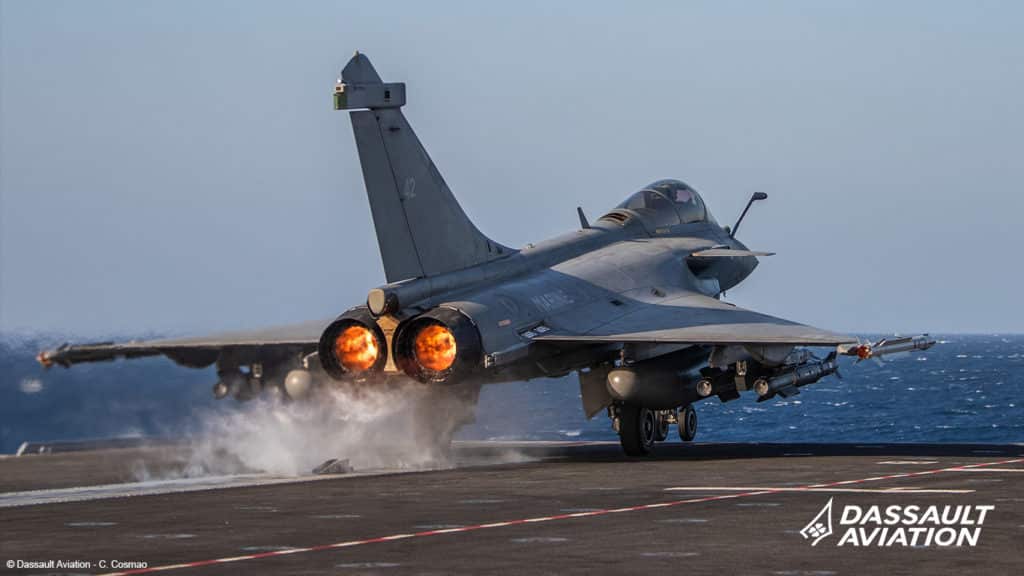
A FULLY OPTIMIZED AIRFRAME
The Rafale features a delta wing with close-coupled canards. In-house research in computational fluid dynamics has shown the specific benefits of close coupling between the wings and the canards: it ensures a wide range of centre of gravity positions for all flight conditions, as well as excellent handling throughout the whole flight envelope.
The close-coupled canards / delta wing configuration is key to the combat performance of the Rafale: even at high angle-of-attack, it remains fully agile, and its range performance in strike missions with heavy weapon loads is unmatched for such a compact design.
Read more : 12 things to know about Airbus A320 family
An advanced digital “Fly-by-Wire” (FBW) Flight Control System (FCS) provides for longitudinal stability and superior handling performance. The FCS is quadruple redundant with three digital channels and one separately designed analogue channel, with no mechanical back-up: design independence between channels is key to avoiding simultaneous anomalies on all channels.
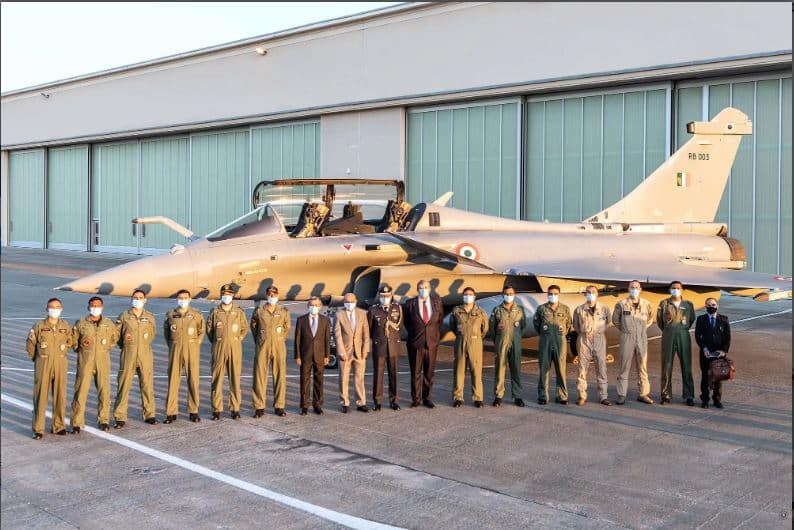
THE M88 – A NEW GENERATION ENGINE
The M88-2 is a new-generation turbofan engine offering a high thrust-to-weight ratio with easy maintainability, high despatch reliability and lower operating costs.
The M88-2 incorporates advanced technologies such as integrally bladed compressor disks (“blisks”), a low-pollution combustor with smoke-free emissions, single-crystal high-pressure turbine blades, ceramic coatings, and composite materials.
Read more : Is China’s COMAC C919 better than B737max and A319neo ?
The M88-2 power plant is rated at 10,971 lbs dry and 16,620 lbs with afterburner. It is equipped with redundant “Full Authority Digital Engine Control” (FADEC), which provides for carefree engine handling anywhere in the flight envelope: the throttle can be slammed from combat power to idle and back to combat power again, with less than three seconds from idle to full afterburner.
Launched in 2008, the M88 TCO (“Total Cost of Ownership”) programme was initiated to further improve engine durability and bring support costs down. Capitalizing on the ECO project, Safran Aircraft Engines was able to upgrade the high-pressure compressor and the high-pressure turbine of the M88-2: cooling is ameliorated and stronger components have been introduced, boosting durability by up to 50%. Life expectancy between overhaul has been considerably expanded for a number of modules, helping further minimise the impact of planned maintenance on engine availability.
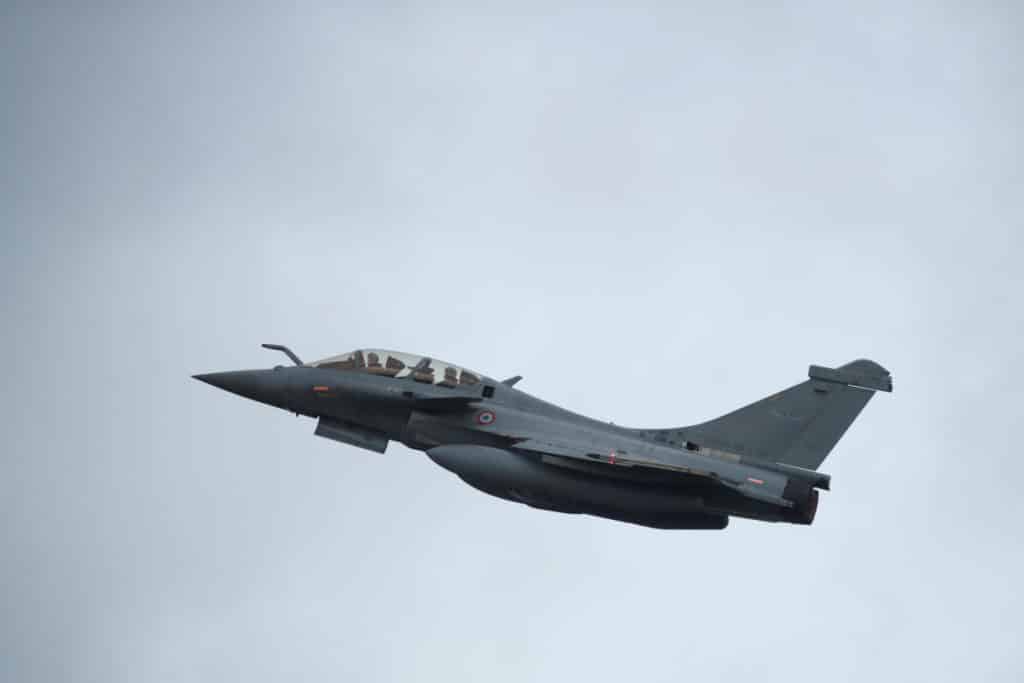
A UNIQUE MAN-MACHINE INTERFACE (MMI)
Dassault Aviation has developed a very easy to use pilot interface (MMI), combining the “Hands on Throttle and Stick” (HOTAS) control concept with touch screens. It relies on a highly integrated suite of equipment with the following capabilities:
- For short-term actions, head-up flying using a wide-field-of-view holographic “Head-up Display” (HUD),
- For medium and long-term actions, analysis of the tactical situation as a whole (the “big picture”), using a multi-image “Head-Level Display” (HLD). The HLD picture is focused at the same distance as the HUD picture to allow for fast eye transitions between head-up and head-down displays and the external world’s view,
- Management of system resources via the left and right color touch screens.
The comprehensive design of the cockpit provides for everything that aircrews can expect from an “OMNIROLE” fighter: a wide field of view at the front, on both sides, and at the rear, a superior agility, an increased G-protection with 29° tilted seats, and an efficient air conditioning system demonstrated under all climates.
RAFALE DEPLOYMENT HISTORY
Four batches of 13, 48, 59 and 60 aircraft have been ordered by the French MoD, totaling 132 aircraft for the French Air Force (63 Rafale B two-seaters and 69 Rafale C single-seaters) and 48 Rafale M naval single-seaters for the French Navy. Egypt, Qatar and India have signed contracts for respectively 24, 24 and 36 Rafales, bringing firm orders to 264 aircraft. By the end of April 2017, no less than 148 Rafales had been delivered to the Armée de l’Air and the French Navy while a further nine had been built for Egypt.
Capabilities are developed incrementally, and released in packages (“standards”). The first release (standard F1) featured only air-to-air capabilities. It became operational in 2004 with the French Navy on Rafales launched from the Charles de Gaulle nuclear aircraft-carrier during operation “Enduring Freedom”.
The second capability release (standard F2) entered service in the French Air Force and in the French Navy in 2006. It provided the Rafale with its true “Omnirole” capability for air-to-air and air-to-ground missions.
General characteristics
- Crew: 1 or 2
- Length: 15.27 m (50 ft 1 in)
- Wingspan: 10.90 m (35 ft 9 in)
- Height: 5.34 m (17 ft 6 in)
- Wing area: 45.7 m2 (492 sq ft)
- Empty weight: 10,300 kg (22,708 lb) (B)
9,850 kilograms (21,720 lb) (C)10,600 kilograms (23,400 lb) (M)
- Gross weight: 15,000 kg (33,069 lb)
- Max takeoff weight: 24,500 kg (54,013 lb)
- Fuel capacity: 4,700 kg (10,362 lb) internal for single-seater (C); 4,400 kg (9,700 lb) for two-seater (B)
- Maximum fuel: (C): 16,550 l (4,370 US gal; 3,640 imp gal) (5,750 l (1,520 US gal; 1,260 imp gal) internal + 2,300 l (610 US gal; 510 imp gal) in 2x conformal tanks + 8,500 l (2,200 US gal; 1,900 imp gal) in 5 drop tanks)
- Powerplant: 2 × Snecma M88-2 turbofans, 50.04 kN (11,250 lbf) thrust each dry, 75 kN (17,000 lbf) with afterburner
Performance
- Maximum speed: 2,223 km/h (1,381 mph, 1,200 kn) / Mach 1.8 at high altitude
1,390 km/h, 860 mph, 750 kn / Mach 1.1 at low altitude
- Supercruise: Mach 1.4
- Combat range: 1,850 km (1,150 mi, 1,000 nmi) on penetration mission with three tanks (5,700 L), two SCALP-EG and two MICA AAMs.
- Ferry range: 3,700 km (2,300 mi, 2,000 nmi) with 3 drop tanks
- Service ceiling: 15,835 m (51,952 ft)
- g limits: +9 −3.6 (+11 in emergencies)
- Rate of climb: 304.8 m/s (60,000 ft/min)
- Wing loading: 328 kg/m2 (67 lb/sq ft)
- Thrust/weight: 0.988 (100% fuel, 2 EM A2A missile, 2 IR A2A missile) version B
Source : Dassault Rafale

Aviation
Boeing, Antonov to Collaborate on Defense Projects

– MOU represents Boeing’s commitment to work with Ukrainian industry
– Includes exploring opportunities for collaborating on in-country support of Unmanned Aerial Systems
A Memorandum of Understanding was signed today by Boeing and Antonov Company to investigate potential collaboration on defense-related projects.
“We’re happy to keep collaborating with the Antonov Company to help Ukraine’s economic development and expansion,” stated Ted Colbert, CEO and president of Boeing Defence, Space, & Security.
Airbus and the Antonov An-225: The Best Partnership:Click here
“This agreement demonstrates our ongoing efforts to find more opportunities to work with Ukrainian industry, which was underscored by our signing of the Ukrainian Defence Industry Compact earlier this year.”
The areas of potential collaboration identified in the agreement consist of training, logistical support and overhaul services for tactical Unmanned Aerial Systems utilized by the Ukrainian Armed Forces, which includes the ScanEagle. In addition, the companies will also explore opportunities for Antonov to provide engineering support to Boeing.
The six largest cargo aircraft ever built in the aviation industry:Click here
“A strong, innovative, and efficient defense industry is key to sustainable economic development and national security, and we are extremely excited to collaborate with Boeing,” said Ievhen Gavrylov, CEO of Antonov Company.
This agreement brings a whole new level of opportunity to implement the latest and most effective solutions – in addition to the possibility of future projects with Boeing in the aerospace and defense industry.”
-

 Travel1 week ago
Travel1 week agoAir India to Expand US Operations with Three New Routes After a Decade
-

 Travel2 weeks ago
Travel2 weeks agoWhy We Should Avoid These Stamps in a Passport
-

 Airlines1 month ago
Airlines1 month agoInvestigations Reveal Fake Chinese Titanium in Boeing and Airbus Jets
-

 Tech4 weeks ago
Tech4 weeks agoChina’s CATL Plans 1,800-Mile Electric Plane Launch by 2027
-

 Airport3 days ago
Airport3 days agoTop 10 Largest Airports in the World by Size
-

 Aerospace4 weeks ago
Aerospace4 weeks agoChina’s Fighter Jets Turn Wings into Autonomous Drones
-

 Airlines4 days ago
Airlines4 days agoAir India Rolls Out A350s for Delhi-New York JFK and Newark Routes
-

 Defence3 weeks ago
Defence3 weeks agoBoeing Enhances Chinook with New Engines and Block II Upgrades at $96 Million







